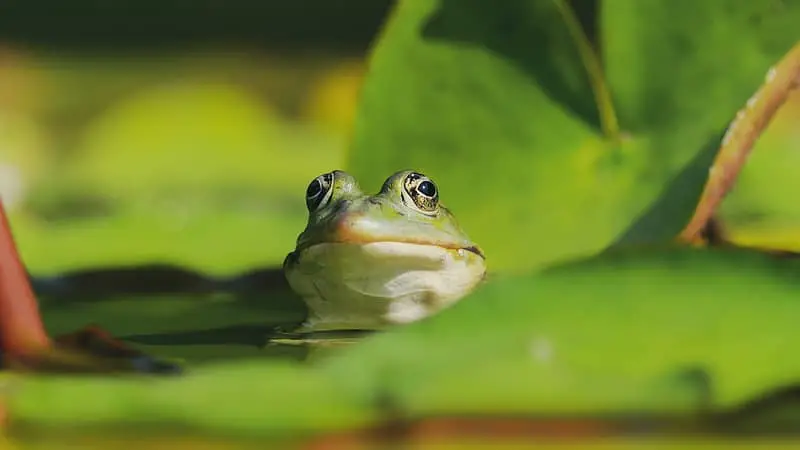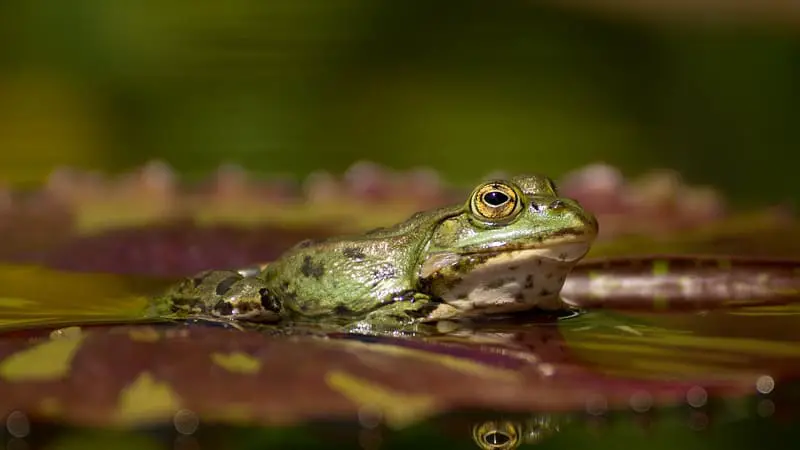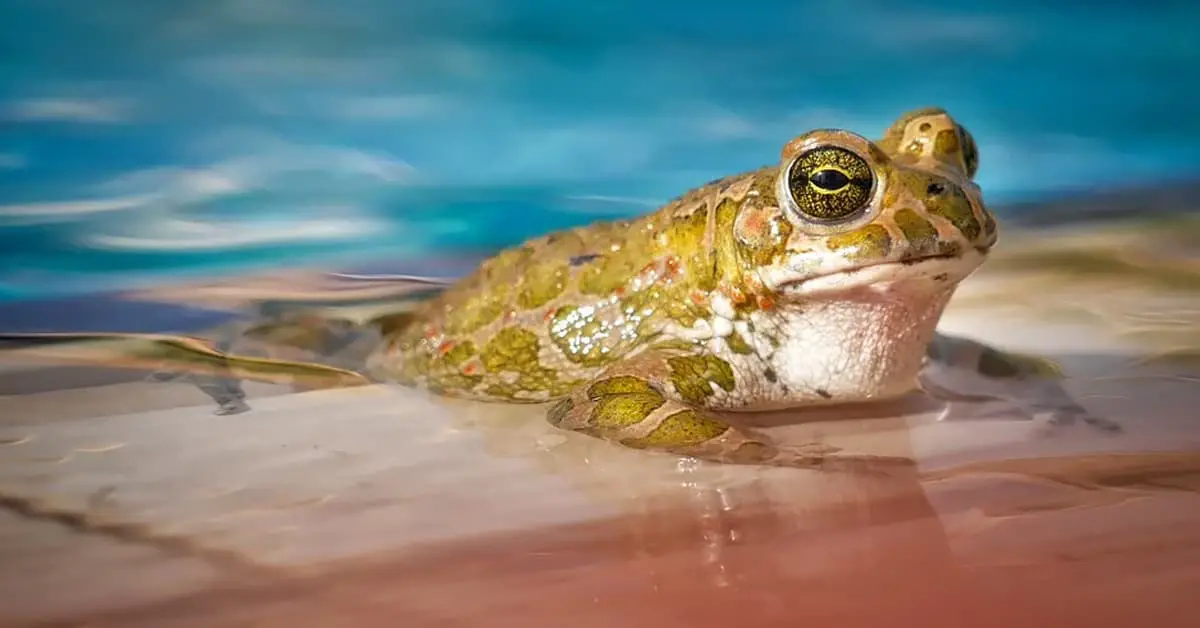Aquatic frogs are one of the most popular amphibians kept as pets. They are relatively easy to maintain compared to other amphibian pets. Some aquatic frogs also live peaceably with other species, and this is an attractive feature. Does this ease of maintenance translate into how you transport aquatic frogs?
Aquatic frogs can be transported in holding containers or bags that are free from contaminants and properly sealed to prevent their escape. An adequate amount of water must be in the container along with a substrate for humidity. Longer journeys may require hiding places and insulated containers.
This article highlights the differences and similarities in the transport of aquatic and regular frogs. I have also described how to transport aquatic frogs. In conclusion, I look at the consequences of taking aquatic frogs out of the water and how many frogs you can keep in a tank.
Is It the Same to Transport Aquatic Frogs and Normal Frogs?

When transporting frogs, the general rules of maintaining their temperature and natural environment apply to all kinds of frogs. Before transporting frogs from their tank, there are certain things you must prepare and take into consideration. They are:
- The length of the trip
This plays a vital role in deciding how to transport frogs. For a quick trip to the vet, you can opt for a small cup with a wet paper towel at the bottom or a little sphagnum moss to maintain humidity. Sealed with Saran wrap and holes poked for ventilation, the little frog is set for the vet.
However, this will not pass for a long trip with an aquatic frog. You will need a plastic container or bag with enough water to meet their needs, plants and other items to serve as hiding places, and a good substrate.
- The temperature and humidity requirements
Normal frogs might need a more controlled temperature and constant misting (for humidity) to survive. An aquatic frog, like the African clawed frog, does well at room temperature. Other aquatic frogs must be kept in water at an optimum temperature of 75–82 °F and a pH maintained between 6.5 and 7.5.
- Insulation
An insulated container is a constant for both aquatic and normal frogs. Styrofoam coolers are a popular choice. You fit your plastic container or bag into the styrofoam cooler to help maintain a constant temperature for the frog.
You may put heating, and cooling pads in the styrofoam coolers as the external climate demands (cold or hot season.)
How Do You Transport Aquatic Frogs?
As earlier stated, transporting aquatic frogs is quite easy. You simply vary the procedure based on the duration and purpose of your trip. The most common aquatic frogs kept as pets are the African dwarf frog and the Dwarf clawed frog.
If you are relocating and you need to move an entire aquarium, consider fixing up temporary housing for the frogs. Shorter trips do not come with the hassle of temporary housing. A simple setup in a plastic container or holding tank will suffice.
The container must be filled to half or ¾ its size. There must be an air pocket between the water and the lid to give room for the frogs to breathe. The container should have a tight lid but have room for ventilation. Aquatic frogs are great escapists.
The water must be dechlorinated like what you use in their tank. If you will be on the move for more than one day and you have to change the water, ensure you dechlorinate the water you get on the road.
Provide good hiding spots in holding tanks. Artificial or live plants and driftwood can be used. They should be smooth, so they don’t damage the frog’s soft skin. Sphagnum moss works as a substrate to maintain humidity.
Be mindful of the environmental temperatures during transport and keep them at an optimum temperature to prevent the shock of heat or cold stress. You could always get a hygrometer and a thermometer with probes. Leave the probe in the cooler and monitor it with the external reader.
Transport is stressful for frogs, and your goal should be to minimize the stress that comes with it and whatever injury may arise.
Can You Take Aquatic Frogs out of Water?

Aquatic frogs live fully in water, even though they may surface occasionally for air and to hide from predators. You can take aquatic frogs out of the water, but for a very short duration. Spending more than 10-20 minutes out of water will cause them to dry out and die.
They are not like other frogs that you can hold and pet or allow to run around once in a while. They are of the “look but don’t touch” variety. You can have them out for a maximum of 5 minutes, but it is not advisable to handle them at all.
How Many Frogs Can Be in a Tank?
The least requirement for a frog tank is often 2-3 gallons. Some frogs should be in a tank no less than 5 gallons to provide adequate space for movement. Although the rule of thumb is 1 gallon per frog, it is not ideal for a frog to live in a 1-gallon tank.
A 10-gallon tank can hold 3-5 frogs. A 60-gallon tank can fit about 10 frogs. The possibility of putting 12 frogs in a tank does not mean you should do that, though. Each frog needs enough space to jump around. 6 frogs would be ideal for that 60-gallon tank.
Some frogs like the African Dwarf frog are very social, and they do well in groups of 2 or more. Other species do not need to be paired up or kept in groups. It is not advisable to mix species of frogs in a tank. The toxins secreted by one species might be toxic to another species in the same tank.
In summary, the size of your tank and the nature of the frog species will determine how many frogs you can keep in a tank. Do not overcrowd the tank.

